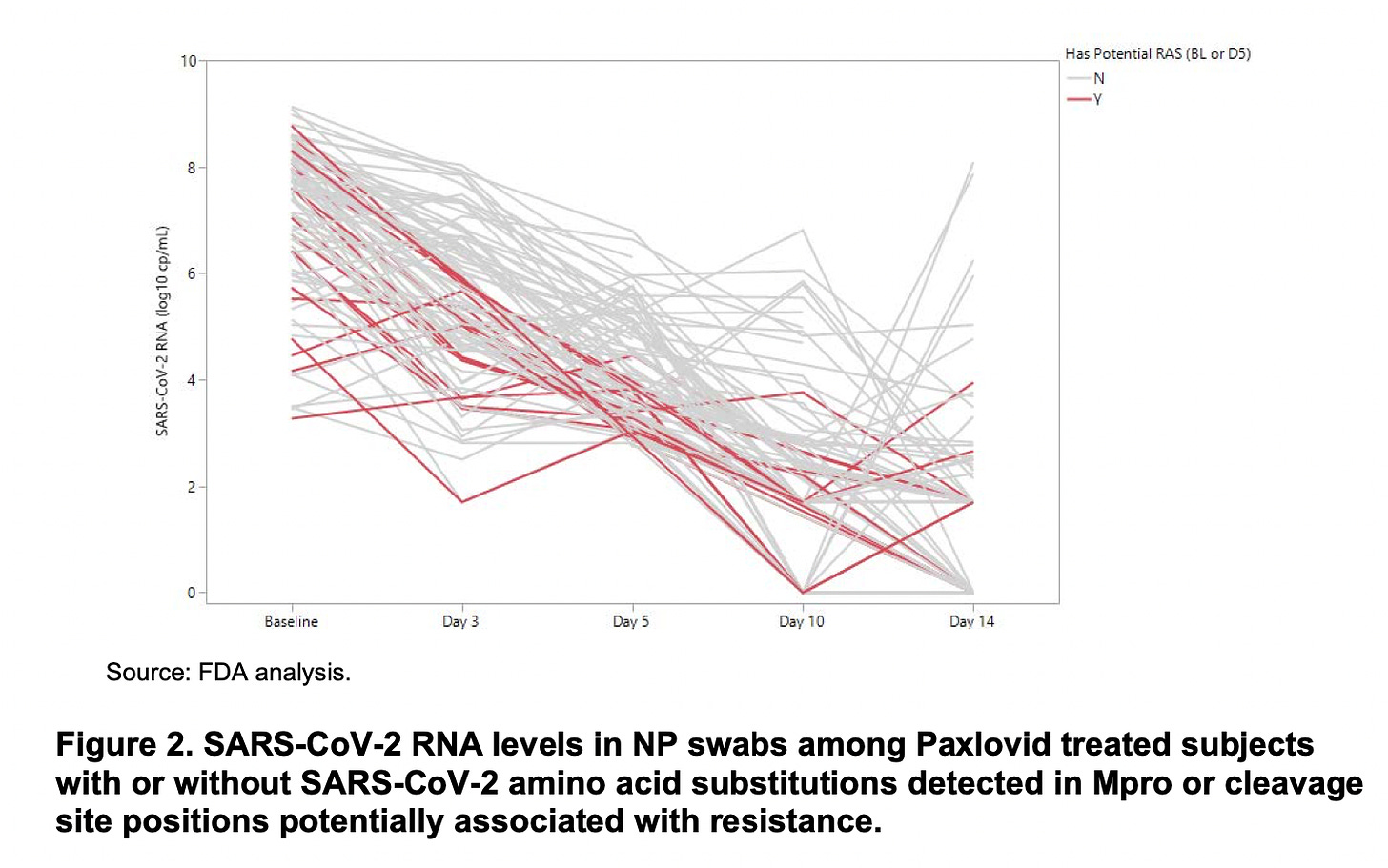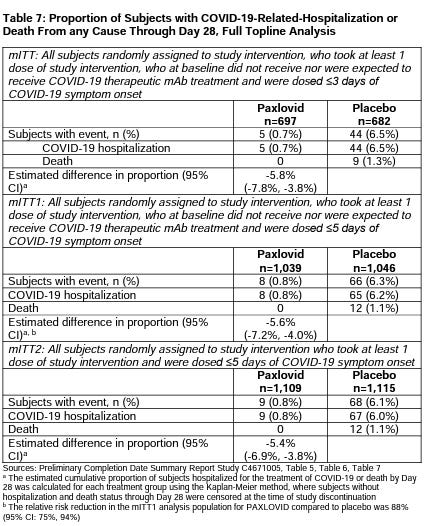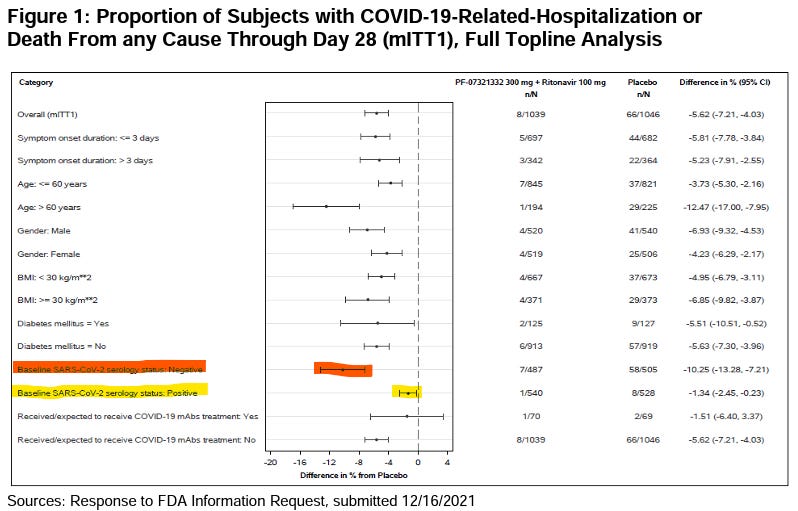
BY MIKE MAGEE
Under the definition for the noun, epidemic, there are two main (and distinctly different) definitions. I know this fact because it was the beginning point of my preparations earlier this summer for a Fall course on “The History of Epidemics in America” at the Presidents College at the University of Hartford.
The entry reads:
Epidemic noun
ep·i·dem·ic | \ ˌe-pə-ˈde-mik \
Definition of epidemic (Entry 2 of 2)
1: an outbreak of disease that spreads quickly and affects many individuals at the same time : an outbreak of epidemic disease
2: an outbreak or product of sudden rapid spread, growth, or development; an epidemic of bankruptcies
In my course, sessions 1, 2, and 4 will be devoted to the first (and classical, microbe-centric) definition. But my third session will focus on “manmade” epidemics which fall under definition two.
I thought long and hard about this choice. The deciding factor was reading New York Times best selling author, Adam Cohen’s book, “Imbeciles.” It details the shameful story of “The Supreme Court, American Eugenics, and the Sterilization of Carrie Buck.”
More on that tale in a moment, but in commentary on the book, Cohen states, “…in many ways, I believe you can learn more about an institution and more about an ideal like justice if you look at where it’s gone wrong rather than where it’s gone right.”
The tale of Carrie Buck is instructive, and sheds a damning light on our current Supreme Court and its’ recent decision, Dobbs v. Jackson Women’s Health Organization. In that case, Jackson Women’s Health Organization, Mississippi’s only abortion clinic, sued Mississippi state health officer, Thomas E. Dobbs, for relief from the state law prohibiting abortion after the 15th week of pregnancy.
Chief Justice John Roberts sided with the minority in this recent case. That decision to let the Mississippi law stand unearthed a bucket of repressive state laws with more likely to come. But we have been their before. All one need do is view the portrait of Chief Justice Robert’s hero, Justice John Marshall Harlan, which can be found on the wall to the left of the fireplace in the Justices Conference Room in the U. S. Supreme Court.
Of Justice Harlan’s many wise decisions, none is quoted more often than Jacobson v. Massachusetts (1905).I that decision, which supported fining one Methodist Minister who refused to comply with mandatory Smallpox vaccination, Justice Harlan wrote:
“Real liberty for all could not exist under the operation of a principle which recognizes the right of each individual person to use his own, whether in respect of his person or his property, regardless of the injury that may be done to others.”
For most progressive policy elites, this was a “slam dunk.” What could possibly go wrong here? Of course, they had not fully considered the “unintended consequences,” let alone the presence of zealots committed to advantaging the narrow opening created by the new decision.
At the time, President Wilson and others were focused on “strengthening the American stock.” This involved a two-prong attack on “the enemy without” and “the enemy within.”
The Immigration Act of 1824, signed by President Calvin Coolidge, was the culmination of an attack on “the enemy without.” Quotas for immigration were set according to the 1890 Census which had the effect of advantaging the selective influx of Anglo-Saxons over Eastern Europeans and Italians. Asians (except Japanese and Filipinos) were banned.
As for “the enemy within,” rooters for the cause of weeding out “undesirable human traits” from the American populace had the firm support of premier academics from almost every elite university across the nation. This came in the form of new departments focused on advancing the “Eugenics Movement,” an excessively discriminatory, quasi-academic approach based on the work of Francis Galton, cousin of Charles Darwin.
Isolationists and Segregationists picked up the thread and ran with it focused on vulnerable members of the community labeled as paupers, mentally disabled, dwarfs, promiscuous or criminal.
In a strategy eerily reminiscent of that employed by Mississippi Pro-Life advocates in Dobbs v. Jackson Women’s Health Organization in 2021, Dr. Albert Priddy, activist director of the Virginia State Colony for Epileptics and Feebleminded, teamed up with radical Virginia state senator Aubrey Strode to hand pick and literally make a “federal case” out of a young institutionalized teen resident named Carrie Buck.
Their goal was to force the nation’s highest courts to sanction state sponsored mandated sterilization, and thus allow the spread of the practice nationwide. This required a test case and a defense attorney for the victim, who was hired by Dr. Priddy. Carrie Buck was chosen as the target.
In a strange twist of fate, the Dobbs name was central to this case as well. That is because Carrie Buck was under the care of foster parents, John and Alice Dobbs, after Carrie’s mother, Emma, was declared mentally incompetent. At the age of 17, Carrie, after having been removed from school after the 6th grade to work as a domestic for the Dobbs, was raped by their nephew and gave birth to a daughter, Vivian. This lead to her mandated institutionalization, and subsequent official labeling as an “imbecile.”
Dr. Priddy applied for official permission for forced surgical sterilization of the girl, and had his hand-selected defense attorney oppose his actions in court. His intent was to force the case all the way to the Supreme Court where a positive outcome would validate nationalizing the practice.
To bolster his case for sterilization, Priddy enlisted the aid of a well-known Eugenics Professor, Harry Laughlin, who testified during the trial that Carrie suffered from “…social and economic inadequacy; has a record during life of immorality, prostitution, and untruthfulness; has never been self-sustaining; has had one illegitimate child, now about 6 months old and supposed to be a mental defective.”
In his majority decision supporting Dr. Priddy, Buck v. Bell, Supreme Court Chief Justice Oliver Wendall Holmes leaned heavily on precedent. Reflecting his extreme bias, he wrote: “The principle that supports compulsory vaccination is broad enough to cover the cutting of Fallopian tubes (Jacobson v. Massachusetts 197 US 11). Three generation of imbeciles are enough.” Carrie Buck underwent tubal ligation against her will at the institution on October 19, 1927.
What followed was predictable. By 1930, 24 states had passed their own laws allowing involuntary sterilizations. Between 1927 and 1974, 60,000 Americans were sterilized including 7,500 victims in the state of Virginia. That state’s sterilization law was repealed in 1974, and in 1980 an ACLU suit forced to make reparations. On May 2, 2002, Virginia Gov. Mark Warner publicly apologized for Virginia’s eugenics program.
Carrie Buck lived to age 76, had no mental illness, and read the Charlottesville, VA newspaper every day, cover to cover. There is no evidence that her mother Emma was mentally incompetent. Her daughter Vivian was an honor student, who died in the custody of John and Alice Dobbs at the age of 8.
Mike Magee MD is a Medical Historian and the author of “CODE BLUE: Inside the Medical Industrial Complex.”
from The Health Care Blog https://ift.tt/X1zjZTc







